When it comes to working outdoors, mother nature can often have her own agenda. Clear skies can rapidly turn into bouts of heavy rain, leaving construction workers grappling with the elements. Aside from facing discomfort, these sudden downpours can significantly affect the safety and productivity on construction sites. This is where the importance of quality rain gear comes into focus. As simple as it may sound, selecting the right type of waterproof and tear-resistant rain gear can make a substantial difference in the daily lives of construction workers. This article leads us through the various aspects of choosing and maintaining rain gear, its impact on performance, the innovative solutions brought about by technological advancements, and where to find these essential pieces of protective clothing. It's an in-depth guide for everyone linked to the construction industry, from site managers looking to increase team efficiency to workers aiming for a comfortable and safer environment.
The Importance of Rain Gear for Construction Workers
The daily hustle and bustle at construction sites is an embodiment of tenacity and spirit. It's the place where magic happens - skyscrapers rising from dust, bridges connecting lands, and homes built with love. Yet, the unsung heroes behind these marvels, the construction workers, face countless challenges. One significant challenge is the unpredictability and diversity of weather conditions. Amid swinging temperatures and sudden showers, their spirit remains unbroken. However, proper gear, especially rain gear, is fundamental to ensuring their safety, health, and productivity.
Safety Considerations
Rain creates a multitude of hazards in a construction site. Aside from the obvious risk of getting drenched and catching a cold, wet conditions could lead to slippery surfaces and elevate the risk of accidents. Visibility often reduces, further complicating workers' tasks. Therefore, decking out workers with high-quality, waterproof rain gear should be on every construction site's safety checklist. Let's delve into a couple of ways in which rain gear maintains worker safety in adverse weather conditions:
- Slip-Resistance: Rain gear, such as waterproof boots, ensures workers have a steady grip even when surfaces get slick.
- Visibility: Many brands have reflective stripes on their rain gear. This becomes especially crucial during raining conditions where visibility is reduced.
- Prevention of Hypothermia: Another health hazard brought on by prolonged exposure to wet and cold conditions is hypothermia. Waterproof and thermally insulated rain gear helps mitigate this risk.
- Protection of Tools: Waterproof pouches and covers for tools prevent them from rusting and keep them functional for longer.
Productivity Boost
Beyond safety, rain gear also helps to maintain and even boost workers’ productivity. Work doesn't grind to a halt with a sudden downpour if the workforce is equipped to handle the situation. Consequently, well-equipped workers can continue tasks with minimal disruptions, reducing downtime hugely. Let's consider how rain gear can lead to a productivity boost:
- Comfort: Comfortable workers are more productive. Rain gear designed with breathable materials ensures that workers aren't bogged down by heavy, soaked clothing. This, in turn, allows them to perform their tasks effectively.
- Durability: High-quality rain gear can withstand harsh conditions and doesn't need frequent replacement. This means workers can continue their work without worrying about their gear giving out.
- Mental preparedness: Knowing that they are fully equipped to handle the rain can give workers peace of mind. This psychological comfort is invaluable to keeping their spirits high and maintaining productivity on the job.
In a nutshell, ensuring the provision of effective rain gear for construction workers is not a luxury, but a necessity. With a safe and comfortable working environment, construction teams can tightly stick to their project timelines, maintain high quality in their work, and continue building wonders with unwavering determination.
Types of Rain Gear Solutions
When venturing out in rainy weather, the right type of rain gear can make all the difference in keeping you dry and comfortable. Depending on your needs, there are different types of rain gear solutions available that deliver varying levels of protection. In this section, we will dive deep into two of the most widely used solutions - waterproof gear and tear-resistant gear.
Waterproof Gear
Waterproof rain gear, as the name implies, is designed to keep you completely dry in a downpour. It tends to be made from materials such as rubber or coated nylon, which completely repel water. This type of gear is excellent for heavy rain situations where staying dry is a priority. Popular forms of waterproof gear include:
- Rain jackets
- Rain pants
- Waterproof boots
While waterproof gear offers superb protection against rain, it's important to remember that the breathability of such gear can often be compromised. Thus, they may not be the best choice for physically demanding activities or warmer climates.
Tear-Resistant Gear
For active individuals or those who frequently subject their gear to harsh conditions, durability becomes a crucial factor. That's where tear-resistant rain gear comes into play. Made with robust materials such as Cordura or ripstop nylon, this type of gear is woven in a unique way to resist tears and withstand wear-and-tear.
Some common features of tear-resistant gear are:
- Reinforced seams
- Double layering in high-stress areas
- Sturdy zippers and closures
Though tear-resistant gear might not be as impermeable as its waterproof counterparts, it certainly makes up for it with its superior durability, providing a perfect balance for those in physically demanding situations.
Rainy weather doesn't mean staying stuck indoors. With the right kind of rain gear, you can enjoy outdoor activities without getting soaked. Whether you opt for waterproof protection or the ruggedness of tear-resistant rain gear, rest assured there is a solution out there that suits your specific needs. So, don't let the rain hold you back; gear up and continue your adventure!
Factors to Consider when Choosing Rain Gear
When it comes to selecting the perfect rain gear, there are many factors to consider. It needs to protect you from the elements, but also needs to be comfortable and fit well. Here are some key things to look out for when you're shopping for your next rainproof outfit.
Material Durability
First and foremost, you need to ensure the durability of the rain gear. It should be made of tough, hard-wearing materials that can withstand harsh weather conditions, including heavy rain and winds. Plus, it's essential to look out for terms like 'waterproof', 'water-resistant', or 'water-repellent' as they all have different meanings. While the first ensures complete protection from water, the latter two might still make you wet in heavy rain.
- Water repellent: Provides some protection, but not suitable for heavy rain.
- Water-resistant: More robust than water repellent but still might not withstand a downpour.
- Waterproof: Full protection, but remember to check if "seams" are also sealed.
Size and Fit
Next comes the size and fit of your rain gear. While one might tempt to opt for an oversized fit, considering it would cover more, it's crucial to find one that fits you correctly. Too loose, and it might let the water sneak in, too tight and your ease of movement would be compromised.
Ease of Movement
A significant factor often overlooked is the ease of movement. After all, what good is a raincoat if you can't comfortably walk in it? A perfect piece of rain gear allows you to move freely, without feeling restricted, whether you are running, hiking, or simply going about your daily activities.
Additional Features (Ventilation, Pockets, etc.)
Finally, don't overlook the added features that can significantly enhance your experience. For instance, a well-ventilated raincoat will prevent you from getting too hot and sweaty. Similarly, strategically placed pockets can provide handy storage space without compromising the rain gear's functionality or getting your stuff wet.
Remember, the goal is to stay dry, remain comfortable, and of course, keeping your style intact, irrespective of how heavy the downpour might be. So, consider these factors, understand your specific needs, and then choose the perfect rain gear for you.
Maintenance and Care for Rain Gear
Rain gear is a must-have for every outdoor enthusiast. It not only protects you from the elements but also enhances your experience in the great outdoors. However, to maintain your rain gear's ability to withstand harsh weather conditions, it must be cared for properly. In this article, we will explore the most effective methods for cleaning and storing your rain gear.
Cleaning Instructions
One of the key factors that affect the performance of your rain gear is the cleanliness of the fabric. Oil, dirt, sweat, and other particles can degrade the water-repelling properties, leaving you vulnerable to rain infiltration. Here are a few steps you can follow to properly clean your rain gear:
- Use the Right Detergent: Always opt for specially formulated cleaning solutions. These are gentle on the water-repelling fabric and don’t strip away its protective layer.
- Hand or Machine Wash: Check the label for washing instructions. Some gears are safe for machine washing, while others recommend hand wash in cold water.
- Rinse Thoroughly: Run an extra rinse cycle to make sure all the detergent has been removed. Leftover detergent can compromise the waterproof quality of your rain gear.
- Drying: Always tumble dry on low heat or air dry completely before storing your rain gear.
Storage Recommendations
Storing your gear correctly is just as important as cleaning it. Improper storage could compromise the integrity of the material and shorten its life span. Here are a few tips to properly store your rain gear:
- Cool and Dry Place: Find a storage space that's cool and dry. Excess heat can melt the coating on your gear while damp environments can breed mold and mildew.
- Avoid Compressing: Don’t compress your gear into tight spaces or store under heavy items. Compression can lead to permanent creasing, which can break the waterproof barrier.
- Inspect Before Storing: Last but not least, always inspect your gear for any damage before storing. Early detection of rips and tears allows for timely repairs and prolongs the life of your gear.
Proper maintenance and care might seem time-consuming, but they ensure that your rain gear provides maximum effective protection. Moreover, good care habits significantly extend your gear's lifespan, giving you a great return on your investment. Following these cleaning and storage instructions will keep you confidently exploring, regardless of the weather conditions.
And remember, no matter how much you care for your rain gear, it's always wise to replace it when it's no longer reliable. Luckily, there are numerous high-quality options available in the market.
With the right cleaning techniques, storage practices, and good inspection habits, you can ensure your rain gear stays in its best condition, always ready for your next adventure.
Impact of Technological Advancements on Rain Gear
The unceasing improvements and advancements in technology are revolutionising many industries—rain gear is no exception. We're not merely talking about average waterproof jackets here. Technological advancements have made rain gear increasingly resilient, efficient, and even smart, transforming the very way we face inclement weather. This section will dive into how innovative materials and smart features have infused life into rain gear technology, revolutionising this niche market.
Innovative Materials
When discussing technologically advanced rain gear, smart textiles significantly factor in the equation. These are materials that have been engineered to perform and react to certain conditions or stimuli—like changes in temperature, exposure to water, or even electrical charges. Some engage with technology on a whole different level:
- Breathable Fabrics: Some cutting-edge materials allow waterproof jackets to be breathable. These new materials, featuring technology such as Gore-Tex, allow moisture to escape from inside the rain gear, thus keeping the wearer comfortable.
- Hydrophobic Materials: Imagine a raindrop hitting your coat and bouncing right off. That's possible with hydrophobic materials that repel water on contact, keeping you effectively dry all through the rain.
- Temperature-regulating Materials: Certain garments can regulate your body temperature, adjusting to retain or release heat as per changing weather conditions.
The power of these materials lies in their behavior—they're designed to adapt to changing circumstances, making them perfect for rain gear. Next time you're shopping for a waterproof jacket, you might want to check if it incorporates some of this technology.
Smart Features (Reflective elements, GPS etc.)
Beyond fabric advancements, technology has also gifted us smart features that enhance the utility and safety aspects of rain gear. Some of these features include:
- Reflective Elements: Enhancing visibility in torrential downpours or dark settings, reflective elements can be lifesavers. They can either be sewn into the fabric or imprinted on it.
- Built-In GPS: Some high-end rain gear now come with built-in GPS technology. This feature, for instance, would provide a hiker with real-time location updates during a rainy mountain trek.
- Bluetooth Compatibility: Some jackets now even have Bluetooth compatibility, allowing wearers to control devices such as smartphones or music players without exposing them to the elements.
From keeping us dry to maintaining steady body temperatures, and even offering enhanced visibility and connectivity—we certainly have come a long way from basic raincoats, and it is all thanks to technology. As materials and features continue to evolve, there's no telling where the future will take rain gear technology. But one thing's for certain - we've made entering the thick of the storm a lot more manageable.
Resources for Quality Rain Gear
Rainy days can be a little tricky. Whether you're heading out for a morning jog, running errands, or going camping, a sudden downpour can put a damper on your day - especially if you don't have the right gear. However, equipped with quality rain gear, you can stay dry and comfortable, whatever the weather. Let's explore the top-notch resources for acquiring reliable rain gear.
Rain Jackets
Don't let the rain stop you in your tracks! High-quality rain jackets offer excellent waterproofing, allowing you to stay cosy and dry. Look for jackets with features like:
- Waterproof membrane: To keep the water out.
- Breathability: To prevent accumulation of sweat.
- Sealed seams: To provide added protection against leakage.
- Hood: For head protection.
Leaning towards a particular brand? Be sure to do your research to find the perfect fit and style for your needs, as a rain jacket is a significant investment.
Waterproof Boots
When it comes to braving the rains, a good pair of waterproof boots can be your best friend. High-quality waterproof boots keep your feet warm, dry, and offer adequate traction for slippery surfaces.
Umbrellas
A sturdy umbrella is a must-have for those rainy days. Go for umbrellas with a strong frame structure to resist the wind, and a canopy size large enough to keep you dry.
Rain Pants
Rain pants are essential for those who love to venture outdoors in rainy conditions. Choose pants that offer the right blend of weather protection, breathability, and comfort.
Despite many believing that buying quality rain gear is expensive and not worth it, investing in a well-made jacket, a sturdy pair of boots, a robust umbrella, or a pair of rain pants can actually save you money in the long run. Not only do these items have a longer lifespan, but they also award you with superior comfort and functionality, making every cent worth it.
When choosing your next piece of rain gear, make sure it’s from a trusted brand. These brands are usually more reliable, offer better warranties, and have more to lose from producing inferior products. In doing so, you can rest assured that you have the right gear to weather any storm.
Conclusion
Navigating through the wide array of rain gear solutions available can be a daunting task. However, arming yourself with the knowledge on key features such as waterproofing, rip-resistance, material durability, fit, and technological advancements can make the quest less overwhelming. By choosing wisely, not only will you enhance your safety and productivity on the job, but also enjoy the comfort and longevity that comes with a quality product.
Investing in rain gear like the kind offered by Hurricane Raingear can significantly improve your performance, even in the toughest weather conditions. This is because our products are not only 100% waterproof and rip-resistant, but they also consider other factors like ventilation, smart features, and unrestricted movement. Remember - your comfort, safety, and productivity in wet weather conditions greatly depend on a well-informed purchase decision. So, enhance your construction work experience with rain gear solutions that are built to excel!
Frequently Asked Questions
-
What are some durable waterproof rain gear options for construction workers?
Some durable waterproof rain gear options for construction workers include: 1. PVC-based rain jackets and pants, 2. Gore-Tex or similar breathable and waterproof materials, 3. Polyurethane-coated nylon rain suits, and 4. Rubberized raincoats and pants.
-
What are the benefits of using tear-resistant rain gear for construction workers?
Using tear-resistant rain gear provides construction workers with added protection and durability. It helps withstand demanding work conditions, prevents tears and punctures, and ensures the gear lasts longer, saving workers from frequent replacements.
-
Are there any lightweight rain gear options available for construction workers?
Yes, there are lightweight rain gear options available for construction workers. Look for rain gear made from lightweight materials such as ripstop nylon or polyester, which offer good waterproofing and durability while keeping the gear lightweight and comfortable to wear.
-
Can rain gear for construction workers be customizable with reflective strips for added visibility?
Yes, many rain gear options for construction workers can be customized with reflective strips to enhance visibility and safety on the job site. Look for gear that offers customization options or consider adding reflective strips to the gear for increased visibility in low-light conditions.
-
What other features should I consider when choosing rain gear for construction workers?
In addition to waterproof and tear-resistant properties, consider features such as adjustable cuffs and hems, reinforced knees and elbows, underarm venting for breathability, and pockets for storing tools or personal belongings. These features can enhance comfort and functionality on the job.







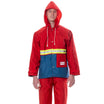
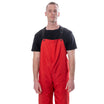
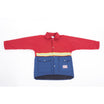
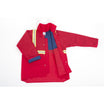

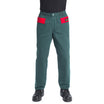
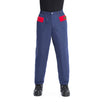
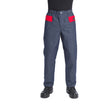
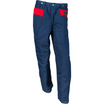
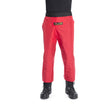
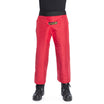
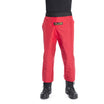
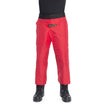
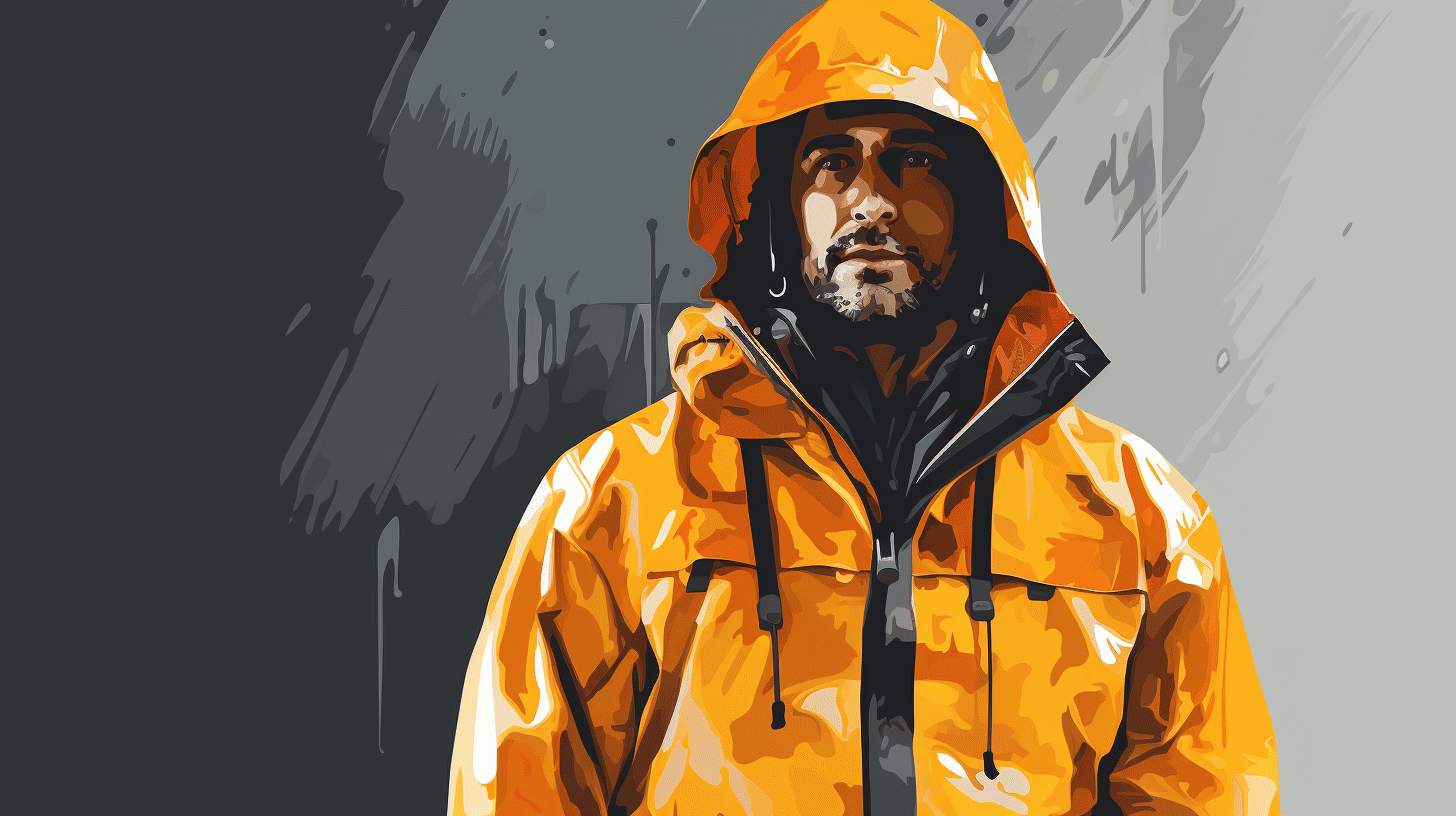
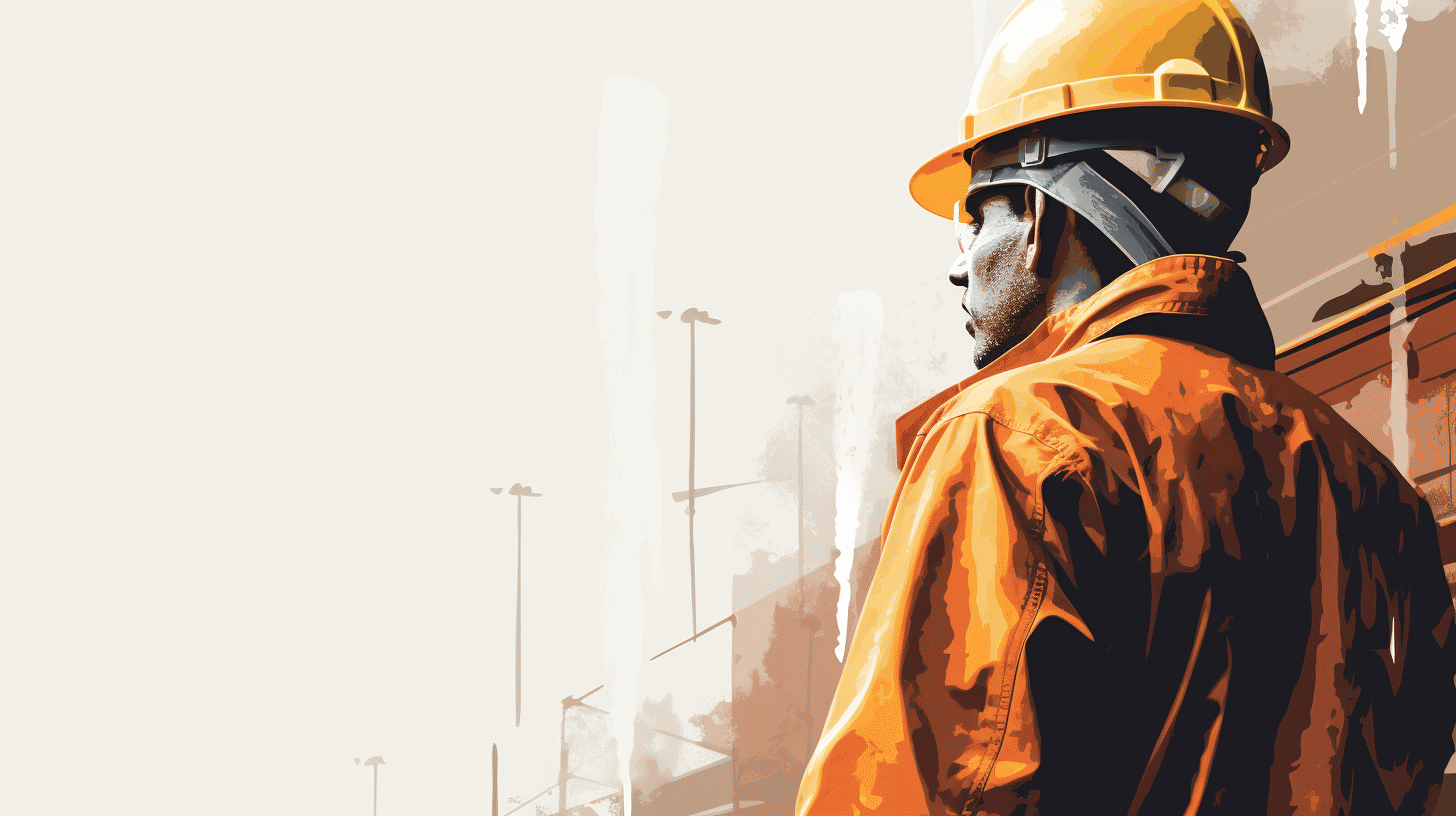
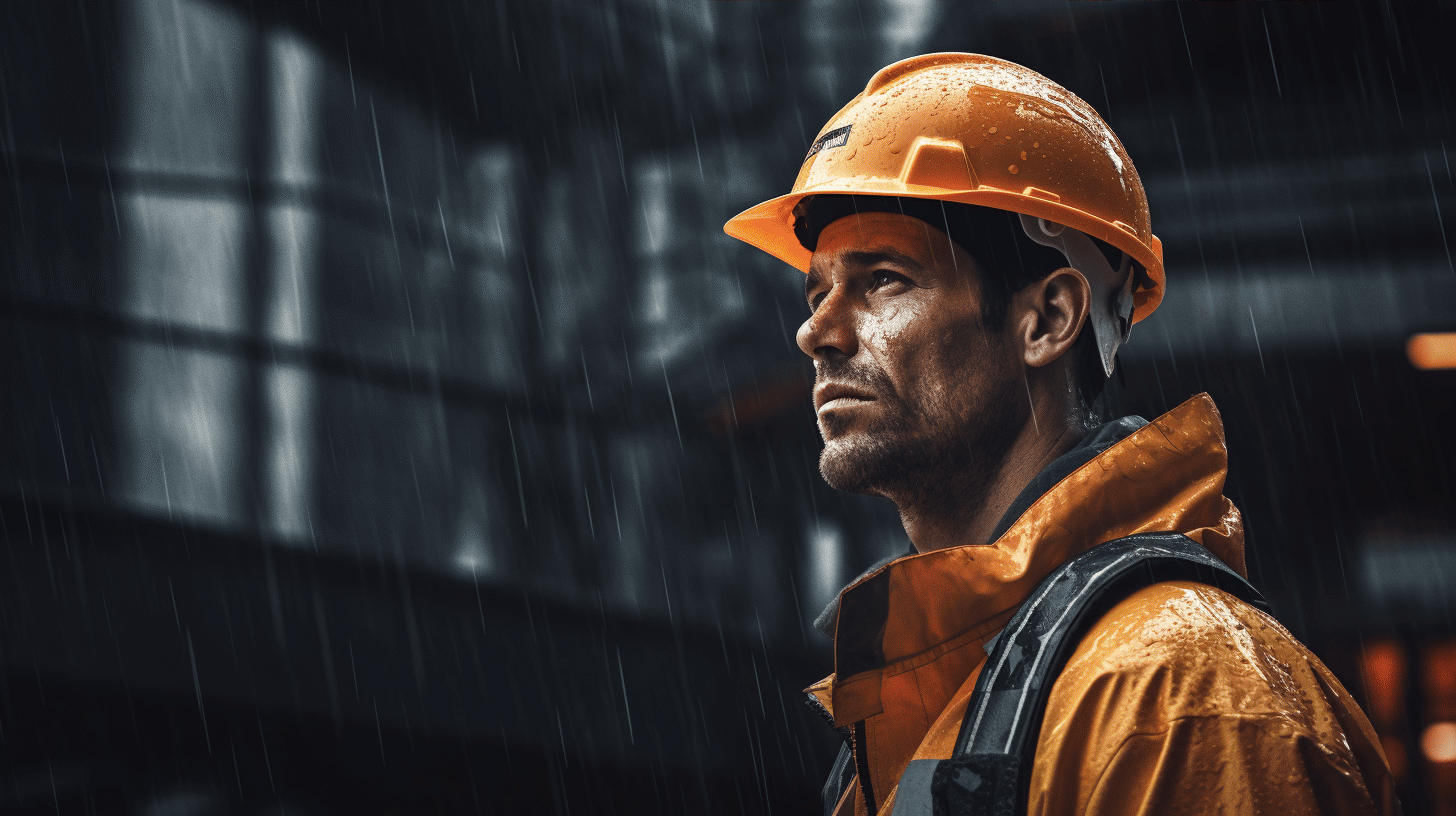
Leave a comment
This site is protected by hCaptcha and the hCaptcha Privacy Policy and Terms of Service apply.